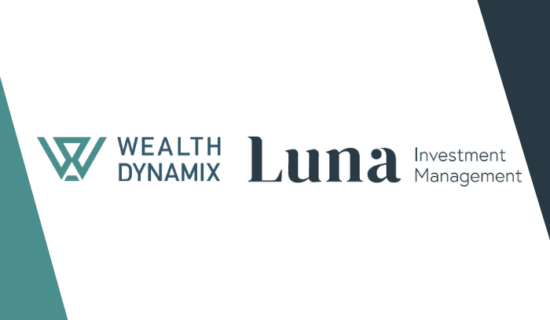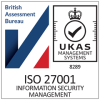A positive effect of increased regulation is the mandatory capture of huge data sets. From the outset of the client journey, and throughout the entire client lifecycle, a wealth of data is collected that can be leveraged to strengthen client relationships.
The opportunity for relationship managers to gain deep insights into a client’s behaviour and sentiment, so they can determine next best actions that will foster trusted relationships and grow revenues, is immense.
However, many wealth managers struggle to analyse, interpret and use data effectively, to drive touchpoints and recommendations that are both relevant and engaging. The volume and quality of data have never been greater, but it can be difficult to extract clear signals amid the big data noise.
Client data must be captured and organised into a unified whole, during initial engagement, onboarding and beyond. Only then can you extract meaningful value from it and empower any team (e.g. sales, marketing, compliance, operations, AML – not only relationship managers) to provide the best advice and take the most appropriate action, at the right time. In doing so you will build trust and reduce churn.
4 Key steps to unlocking value from data
1. Aggregate client data to guide next best actions
When client data is retained in many different systems relationship managers lack the 360-degree insights needed to respond to client requests, overcome objections and reduce attrition. By aggregating client data automatically, and analysing it in context, you can determine next best actions. Whether clients are expressing negative sentiments, or have made complaints, relationship managers must have sight of all previous interactions so they can address the underlying causes. And if clients have expressed interest in specific products, relationship managers must follow up quickly.
“From the very first touchpoint, data must be captured and maintained effectively, to fuel data-driven insights and ensure successful client relationships.”
2. Detect significant trends by digitising client activity
Most interactions can now be digitised, enabling all key stakeholders – not only relationship managers – to track trends and formulate effective responses. Using speech analytics, Artificial Intelligence (AI) and Natural Language Processing (NLP), wealth managers can extract deep insights from face-to-face, video, online and phone interactions. For example, supervisors can analyse client experience across the entire business and compare the effectiveness of different individuals or teams in driving revenues. These insights can steer action plans and training requirements in the future.
3. Nurture emotionally connected client relationships
According to Motista research, emotionally connected (versus ‘satisfied’) clients can generate a six-fold increase in Assets under Management (AuM) growth and significant reduction in client churn. Highly-granular segmentation and continuous sentiment analysis is needed to foster emotionally connected relationships. This enables relationship managers to gauge every aspect of client engagement that influences client sentiment – from routine beneficiary changes through to marked shifts in confidence or attitude to risk.
4. Present data in a meaningful form
The earlier a relationship manager becomes aware of a shift in client sentiment or circumstances, or can glean insights from client activity and interactions, the sooner you can make recommendations that restore trust. By slicing and dicing data into a granular form, extrapolating insights based on language used and tone of voice, then presenting them in a 360-degree client view, you can determine next best actions.
Knowing what a client is saying now, versus pre-Covid, or understanding the frequency and format of communication each client finds most reassuring, helps to enhance service and improve results.
Follow these steps to become better equipped to meet (or even exceed) revenue targets, simply by aligning recommendations more effectively with client requirements to increase share of wallet. Relationship managers will become more relevant and proactive in their outreach. Clients will appreciate their ability to analyse client, market and portfolio data quickly and efficiently, re-plan portfolios and reformulate recommendations, as soon as sentiment or circumstances change.





